In the museum cottages, storage and archives at Stundars, there are over 10.000 objects from the era 1870-1920. These can be sorted into different collections, depending on their origin and usage. For example, the whole interior of the Printing Museum can be considered as one collection. All the textiles that Stundars own can be considered another collection. At an open-air museum like Stundars, even the buildings are valuable museal objects in themselves, and the 70 houses combined are another collection.
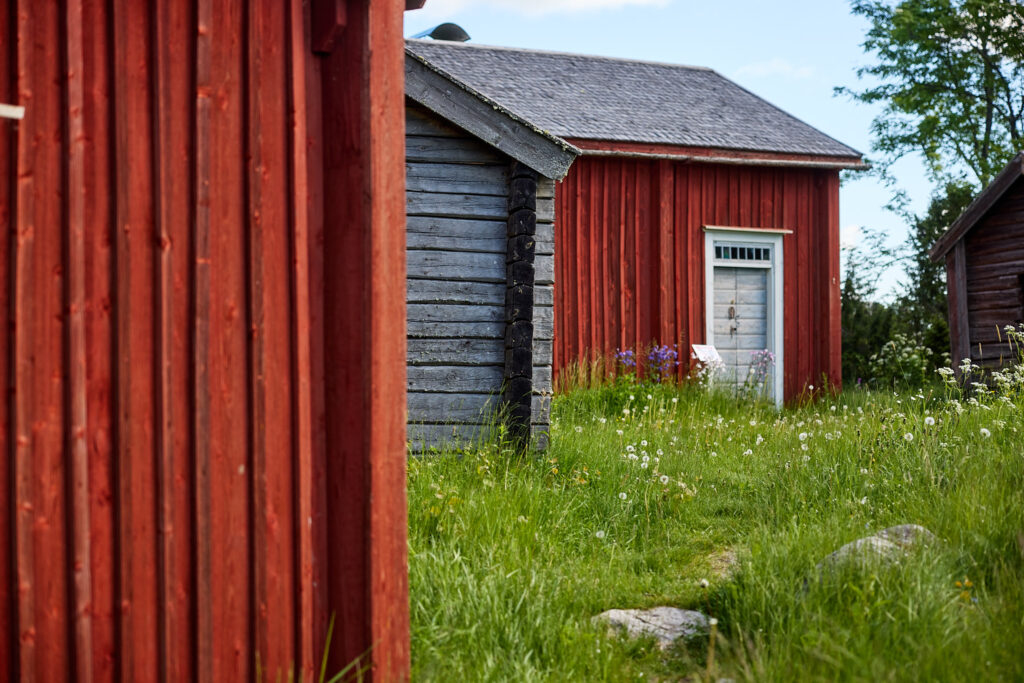


If objects could speak Topp
If objects really could speak, there would be a lot of interesting stories to hear at Stundars. But in silence, they beg us to find out for ourselves. This is where the amanuensis and museum pedagogue at Stundars come into action. In our work, we continuously strive to give the old objects a voice – as well as encourage the visitors to listen.
Most of the objects at Stundars have been in use in the Swedish-speaking parts of Ostrobothnia during the period of 1870 to 1920. They can originate from earlier times but have mainly been in use during the mentioned era. Their purpose is to exhibit the life in a rural village at the end of the 19th century, with its different social classes, professions and interests. When Stundars was greatly expanded in the 1970’s, many of the objects and interiors were familiar to the visitors, and still to this day, an old lady or gentleman may not see Stundars as all that unfamiliar. For them, the power of recognition becomes a strong element of their experience of the museum. But things that are nostalgic and well-known for the oldest generations in the region, might feel almost exotic for younger visitors. That, in turn, demands that the stall always keep in mind that for the young visitors to be able to take it all in, a different approach is needed. Not only are the objects and interiors to be exhibited, but the staff also have to tell their tales, consequently bringing out feelings and arousing curiosity.
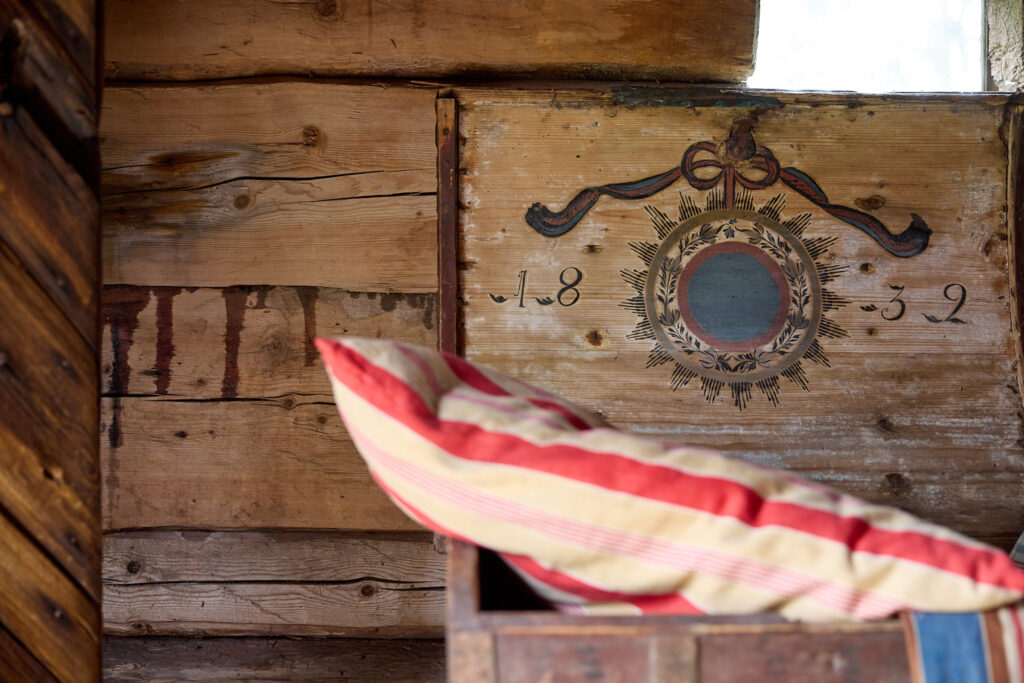
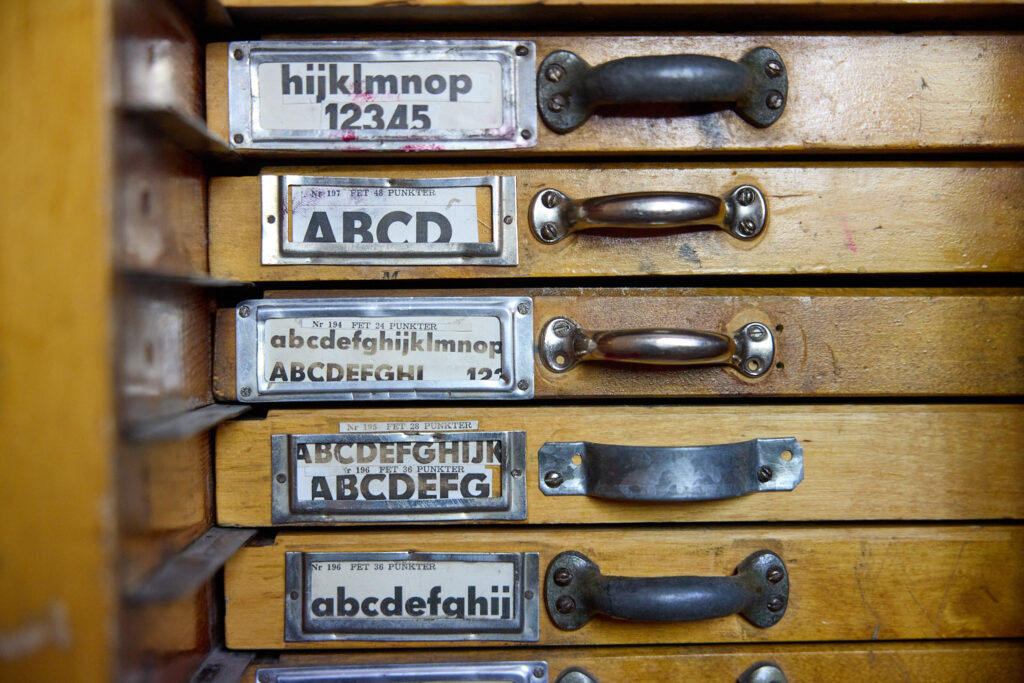

In performing this task, the cataloguing of the over 10 000 items is a crucial part. In the cataloguing process we gather as much context and information about the object as possible. Where does it come from? Who donated it? Which stories can be tied to the object in question? Age, purpose, name, description? All information is gathered in a database and the goal is that Stundars cultural heritage in time will be accessible to all, everywhere and all the time, not only to physical visitors. And this is how knowledge will be transferred to the next generation.
Yes, the things at Stundars are lucky. Someone cares for them and gives them a voice of their own. They get to be exhibited, admired and create memories.
Text: Maria Österåker in the book ”Stundars” from 2013
Stundars’ collections are managed according to the guidelines formed from national and international directives that has been established by the Stundars Association board in 2019. The collections are documented in the MuseumPlus Collection Management Software.
If you discover a number of small digits are written or painted on an object at Stundars, it means that it is part of our museal collections. Then you are not to touch it. There are replicas and pops, though, and they are usually marked by the letter R and a number, and our staff are allowed to use those in the interaction with the visitors.
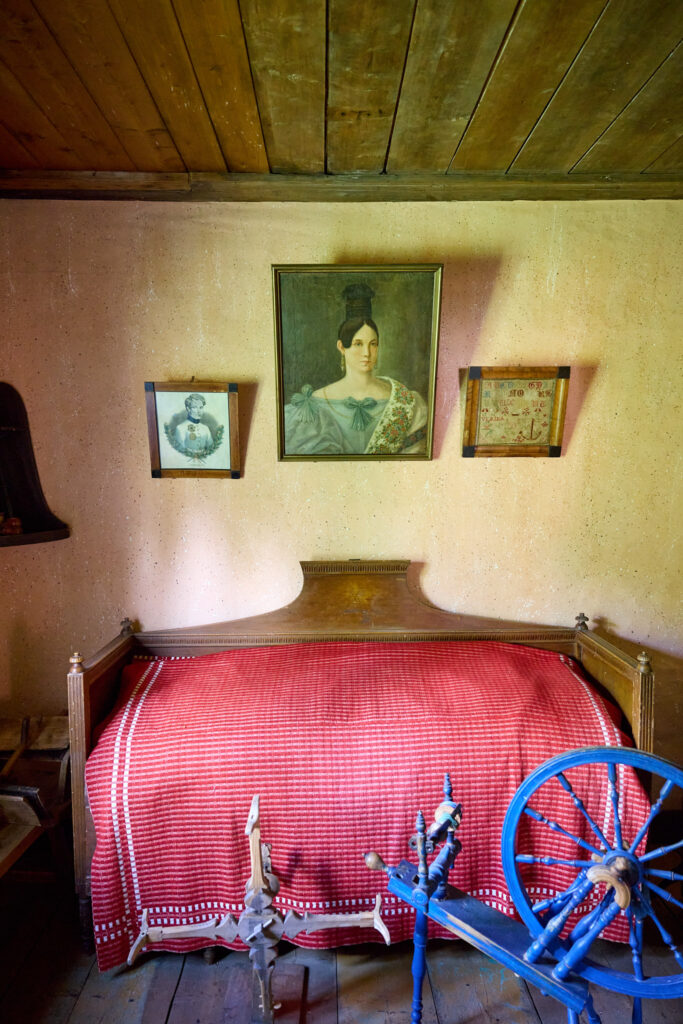


In Stundars museum village, there is an almost complete, authentic farmstead of the type that is most usual in the Swedish-speaking parts of Ostrobothnia. The inspiration came from the northern Swedish culture and the colour became common here in the countryside in the beginning of the 20th century. At Stundars, we have chosen to use the colour pigment “Italian Red” in our traditional paint. Our farmstead includes almost all the buildings and outhouses that a farm of this size usually contained 100-150 years ago, even those that usually stood some ways apart from the farmstead square, like the windmill, the treshing shed and the smithy.
Inside the main farmhouse, built the traditional way, there is a complete interior from the end of the 19th century. The main room is decorated in a more festive way than usual, with the long floor mats in place and the bunkbeds nicely made up. The interior design is old, with the big table placed in the opposite corner from the open fireplace and baking oven and with two bunkbeds in the other two corners. In the small bedroom there are nicer furniture and heirlooms like the family Bible.
When the house was moved to Stundars, the other bigger room was furnished as a waiting station for the farmers who were on duty to transport various travellers and the Crown officials. Nowadays, we use this room as a place where our visitors may try their hands on different kinds of textile crafts (like how to use a loom, treadle sewing machine, wool cards and so on). The textile archive and storage for more sensitive museum objects on the second floor are for staff only.
The collections of museum objects in the old granary, but a stone’s throw away from Stundars open- air museum, is a nice complement to the farmstead. Here you can see most of the household items and farm equipment needed to run a farm.
Finland is very rich in museums – some claim that there are the most museums per capita in the world here – and the most common kind of museum is a local history museum housed in an old parish or town granary. These buildings were collectively owned and made for storing grains in that the villagers could borrow from in case of crop failure or in times of crisis. Stundars manages two granaries, one in Solf and one in Gamla Vasa, the location of the town of Vaasa before it was moved closer to the sea after a devastating fire in 1852.
In the granary in Solf, most of the museal objects that the founder of Stundars open-air-museum, Gunnar Rosenholm, collected from 1938 and onwards. In time, he and other Stundars enthusiasts could build a beautiful collection of traditional utensils and tools used by the Ostrobothnian peasantry before the industrial revolution. We open the doors to the granary at least once every summer, and then there is a guide present that can tell you more about the collection.
From the 1960’s and onwards, small general stores were established all over the Finnish countryside – there could be several country shops in every village. Sometimes the general store was housed in a separate building, but it was common to for the shop keeper to set up store in one of the rooms in his house. Then he could keep the shop open from early morning to late evening, seven days a week all year round.
The general store at Stundars contains products that could have been sold in general stores like this in the Ostrobothnian countryside from the 1870’s and, as an exception from the rest of the museum, up until the 1940’s. There is a separate shelf for the wartime products. Common goods that were sold in the store in earlier times were tobaccos, beer and alcohols, coffee, spices, salt, porcelain, glass items, fabrics and hardware. When Stundars enthusiasts gathered museal items in the 1970’s and 80’s, they concentrated on the inventories of recently closed country shops in the region and on products made by local factories like the steam mill in Vaasa, the cloth factory in Oravais and the Strengberg’s Tobacco factory in Jakobstad. They topped it all off with artisan’s items like leather shoes, since the shopkeepers often traded goods with the village craftsmen.
In the same building we have an old time Postal office, just like it could have been set up on the Ostrobothnian countryside. Here we also have the very first telephone and telephone switchboard from the neighbouring village of Långåminne. Solf didn´t get a telephone before the year of 1920. As the shopkeepers living quarters, there is a kitchen and a nice parlour. These rooms are a bit more modern than the farmhouse’s, since we here have an oil lamp hanging from the ceiling, a hidden sink, household items made from enamel, an iron stove and a tile oven. This home represents a somewhat higher social class.



The school at Stundars is furnished as a school for smaller children in the 1890’s. Most of the inventory comes from Wasa Elementary School, a private school with four classes in Vaasa, active during the years 1894 to 1929. The items might originate from an even older school, as the teachers probably inherited the inventory. The oil lamp probably also comes from an older school, since Vasa got electricity in the end of the 19th century. The inner bedroom is furnished to be the living quarters of the teacher Johan Fredrik Thorén from Solf, who had a position as a teacher in Smedsby village.
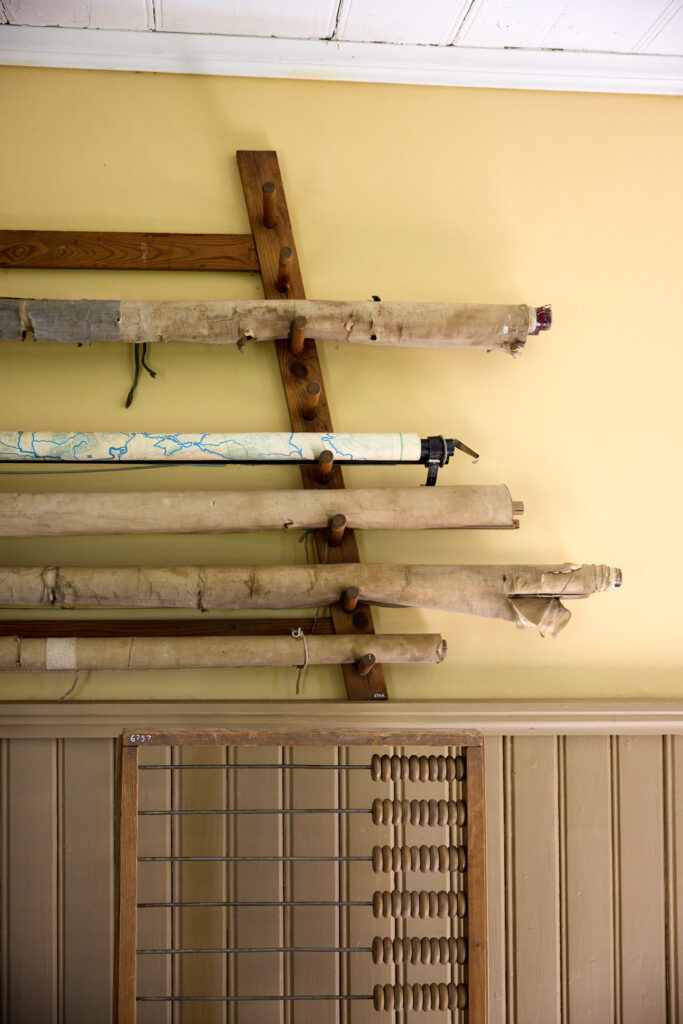


This brass foundry with its collection is unique in Finland, and well-documented by, among others, the Master of Arts, Irja Sahlberg, as early as in 1932! The Swedish old word for the brass-smith, gelbgjutare, originates from the German word for yellow, gelb, as brass was considered a yellow metal. Copper alloyed with zinc is indeed yellowish in colour, and brass was also called “the peasant’s gold”.
The brass foundry was sold to Stundars in 1974 by a relative to Erik Häggqvist, who had built the workshop himself in 1950 in the neighbouring village of Sundom. He was a very skilled and decorated, self-taught clockmaker and painter as well as a master smith of brass, iron and copper. His cottage is now carefully restored as a part of Sundom Local History Museum.
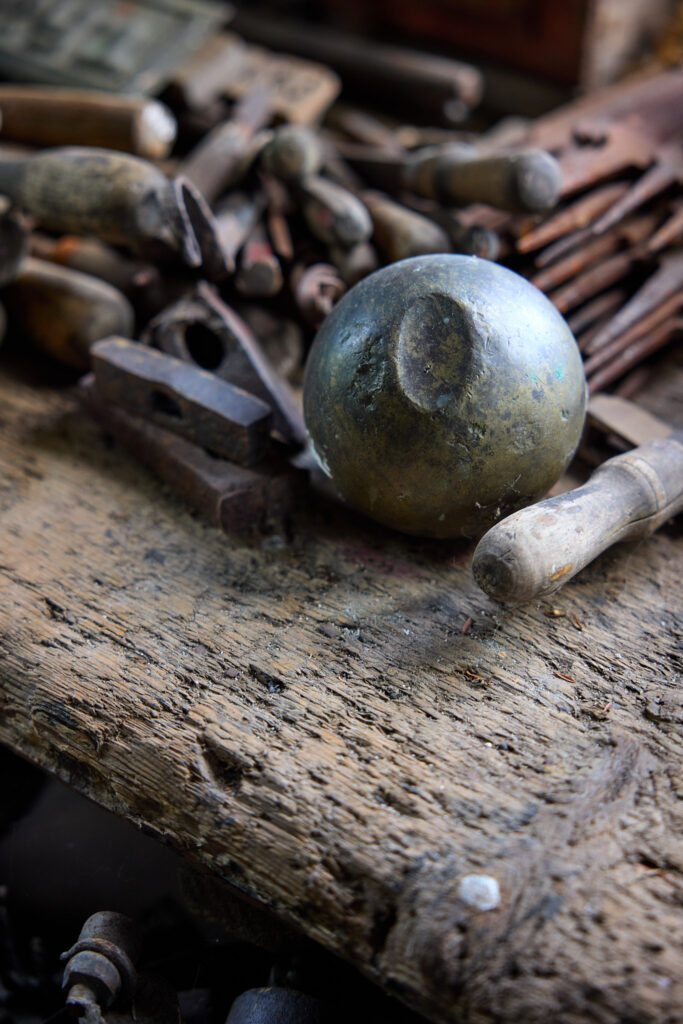


This is the childhood home of the well-known author and poet, Jarl Hemmer, that has been moved to Stundars from Vaasa. The Hemmer collection includes books and furniture that have been donated by the Hemmer family, as well as a collection of documents and papers that belonged to the poet. In his Memorial room in Hemmer House, most of his literary work is gathered. The portrait of Jarl Hemmer is painted by Anna Snellman in 1933.
Here you can read more about Jarl Hemmer and the collection.
In Hemmer House, there is also a collection of old musical instruments. This collection also has its roots in the visions of Gunnar Rosenholm, when he established a small music museum in the schoolhouse in Solf in 1966. In this room, he and the music teacher Bjarne Berg collected the traditional instrument that had been in the possession of Solf Music School, as well as the instruments donated to this small museum when he and Counceller of Education, Eric Geber, travelled around Ostrobothnia to document folk music. In this collection, the psalmodicon and the kantele are best represented, while a lot of the traditional music of this region usually was played on a fiddle or a accordion. The collection of musical instruments was donated to Stundars in 2008.
The restaurateur Saku Railio, owner of Vaasa Ravintolat, is running the Restaurant Hemmer in Hemmer House. The restaurant is group reservation only.



When the regional newspaper Vasabladet, the second oldest newspaper in Finland, turned 125 years of age, the inventory of the newspapers old printing room, the house and a sum of money was donated to Stundars. The Printing Museum exhibits a newspaper and printing operation with a newsroom from the 1880’s, a typesetting and composition room and printing room. The oldest printing machine is a handpress from the 1840’s. It is the oldest press still in existence in Finland. In one of the rooms, there is also tools and materials for a bookbindery. Most of the inventory comes from Vasabladet’s old printing facility in the corner of Sandögatan and Kyrkoesplanaden. On the second floor are more modern machines and apparatus used in the making of a newspaper.
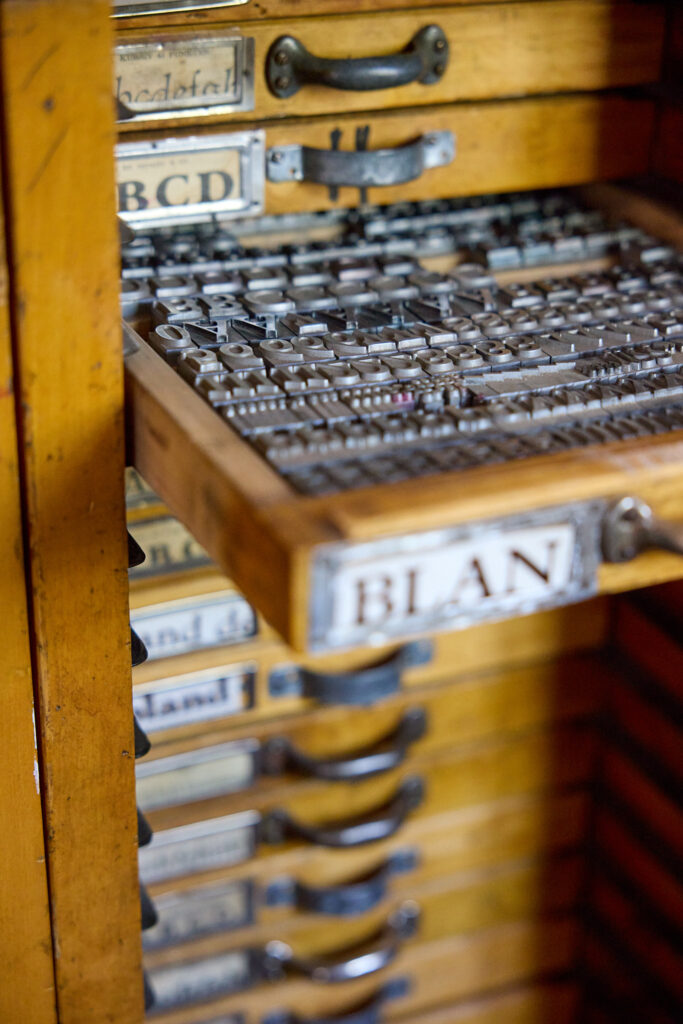


The textile archive at Stundars is small and contains mostly the bedding and household textiles that are part of the inventories in the museum cottages. In 2022, Stundars got a fine donation of bed textiles from the collector Ninni Back, enabling an exhibition of these in the Potter’s cottage during the summer of 2023. In the collection there are also some women clothing from different eras and social classes. They are mainly shown in a fashion show for highschoolers as a part of the museum pedagogy programmes at Stundars. We also have a special collection of clothes used by our guides, staff and artisans, as well as the participants in some of our museum pedagogy programmes.
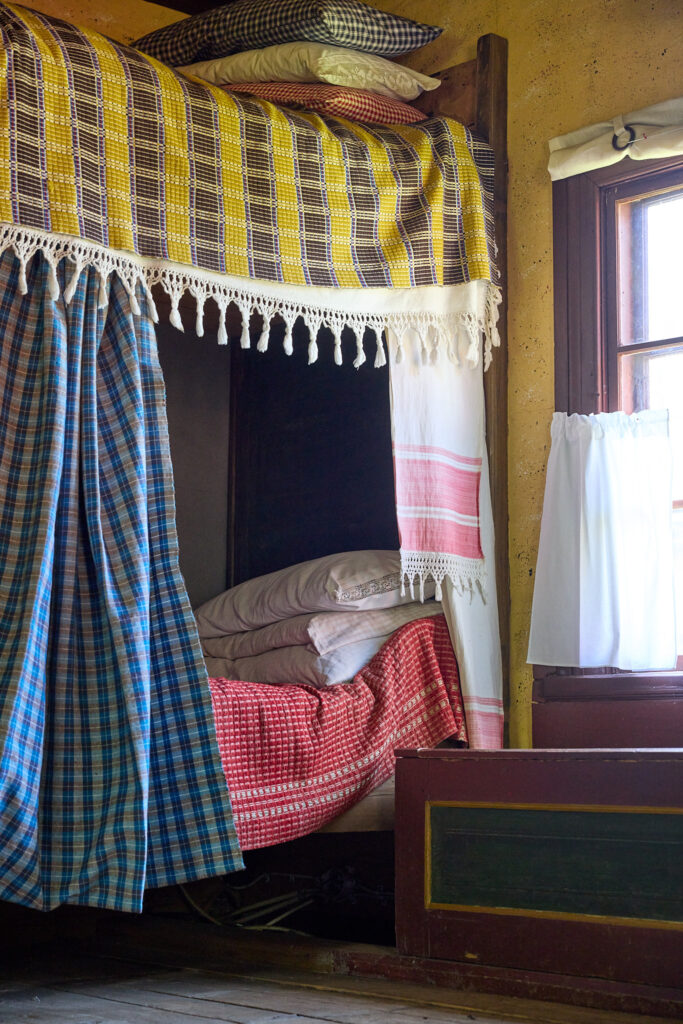


During the decades as a culture centre, many artists gathered at Stundars, and every summer there still are art exhibitions held at Stundars. Stundars also have an Artist in Residence programme. Some of the pieces of art that have been exhibited in or made at Stundars have been donated to The Stundars Association by the artists, and these works make up the art collection at the museum. Some of the art pieces can be seen in the public areas of Stundars.



